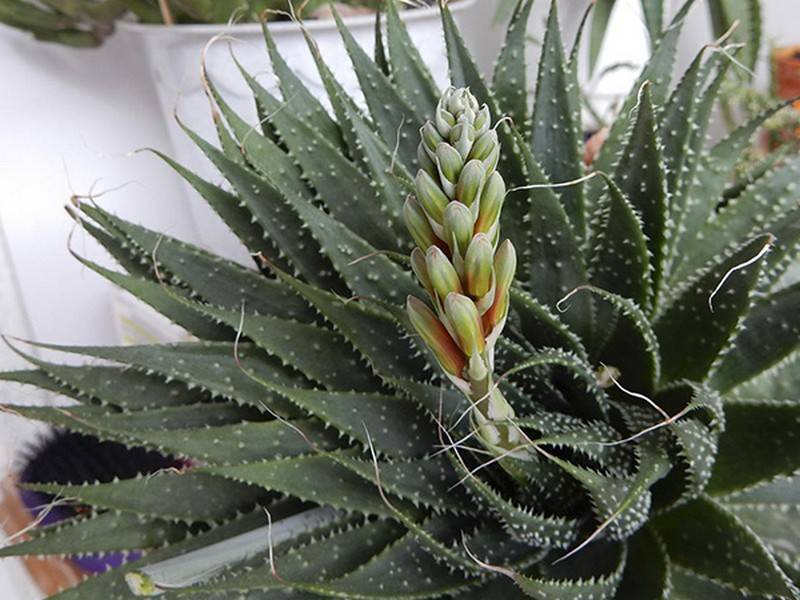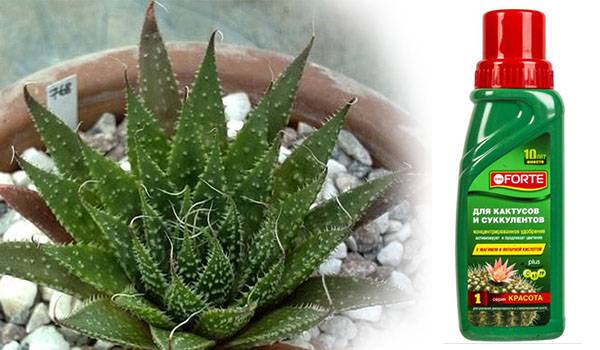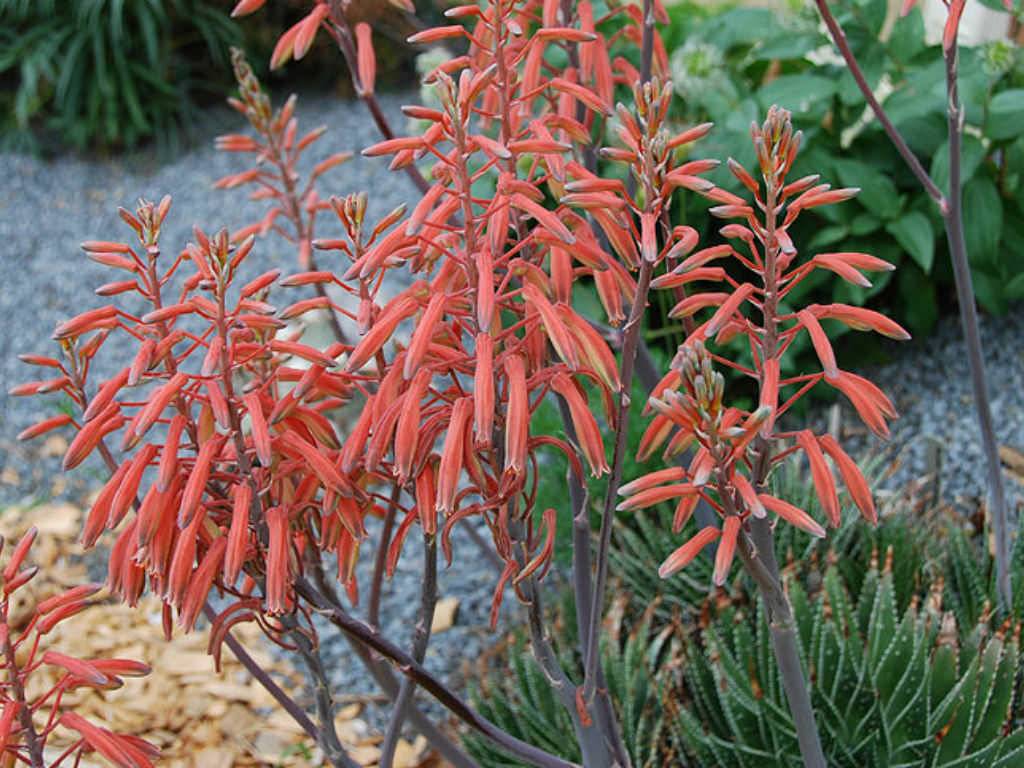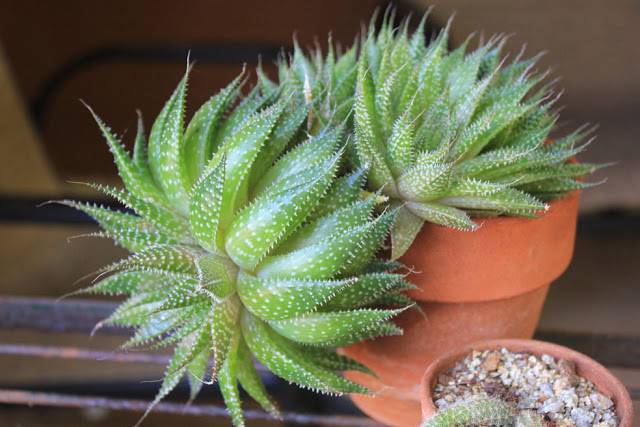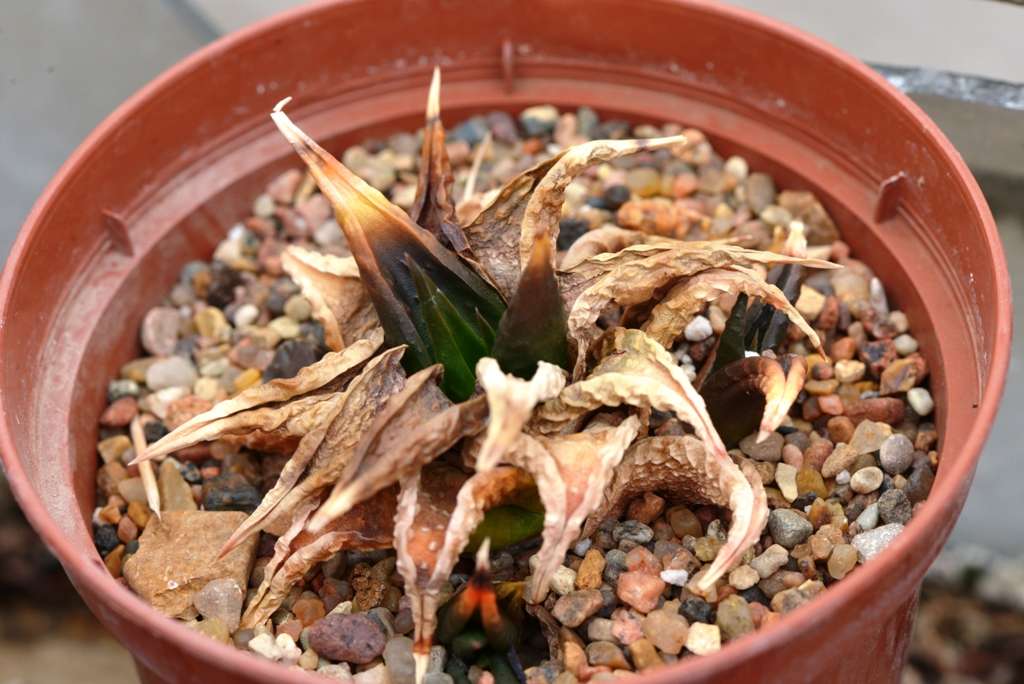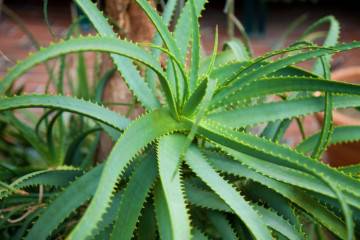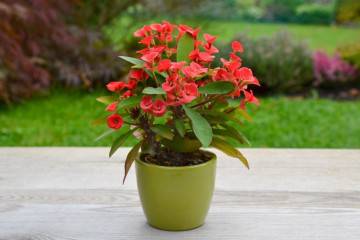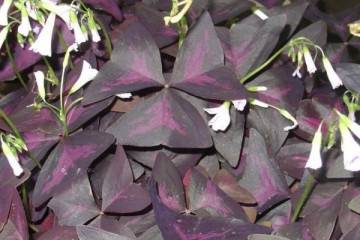Aloe spinous or aristata - what is this flower
Content:
Succulents are unpretentious plants that easily adapt to indoor keeping. In nature, they grow in arid conditions, so their feature is the presence of fleshy leaves, from which plants draw moisture. Further information about the succulent of aloe aristatus: growing, home care, breeding methods.
Aloe spinous - what is this flower
The Latin name for spinous aloe is Aloe aristata. Succulent belongs to the Asphodel family. His homeland is the south of Africa. The plant grows in sandy deserts, meadows, valleys.
A short description of what Aloe aristata looks like
Aloe spinous is a compact shrub 15-20 centimeters high with fleshy, succulent leaf plates. The structure of the plant is rosette: there is no main stem, the leaves grow in a spiral. The diameter of the bush can reach 60 centimeters.
The leaf plates of aloe spinous are green with white blotches. Their peculiarity is that they are able to accumulate moisture in themselves. On the edges of the leaf blades there are threadlike spines of white color. A peduncle with yellow or orange flowers grows from the middle of the bush.
Healing properties
Aloe spinous leaves contain a large number of useful elements. Due to this, the plant has the following medicinal properties:
- disinfects and heals wounds;
- treats eye inflammation;
- increases the amount of vitamins in the body;
- treats diseases of the gastrointestinal tract and liver.
In addition, aloe juice is used as one of the components for the preparation of creams, shampoos, and various cosmetic masks.
Plant care at home
In order for the plant to look decorative, it needs to provide the right conditions for keeping. Taking care of a succulent is not difficult, since it has few requirements.
Illumination and temperature conditions
Aloe prefers to grow in good light, but without sunlight on the leaves. Therefore, it is grown on the south, south-west, south-east window of the house, shading on a hot afternoon. With a lack of light, the leaves may lose their decorative effect.
Aloe adapts well to the temperature range from 18 to 26 ° C. In the summer, plants can be taken out to the balcony, loggia, terrace. The influx of fresh air will have a positive effect on the development of the bushes. In winter, the air temperature in the room should not fall below 10 ° C.
Watering rules and humidity
Aloe will tolerate drought more easily than excessive moisture. Therefore, water the plant only after the top layer of the soil dries well. In summer, the land is irrigated about once a week, in winter - once every 2 weeks. If the aloe in winter is located close to the radiator, the frequency of irrigation is increased.
Damp soil and moisture are the main enemies of the plant. For this reason, spraying is not performed. When watering a flower, you need to make sure that water droplets do not fall into the stomata of the leaves. Stagnating, the liquid will serve as an impetus for the appearance of fungal diseases, as a result of which the succulent loses its decorative appearance, and may even die.
Top dressing and soil quality
The soil for spinous aloe is selected light, loose. You can prepare it yourself from the following components:
- sod land;
- leafy land;
- sand;
- perlite.
Aloe is fertilized from spring to late autumn 1-2 times a month with a nutrient composition intended for feeding cacti and succulents. In winter, the flower is at rest, so no fertilizer is applied to the soil. Aloe is fed 20-30 minutes after watering with plain water.
Flower container size
The root system of spinous aloe is superficial. For this reason, the pot is selected shallow. At the same time, the container should be wide so that the roots are located freely.
Pruning and replanting
Aloe purchased in a flower shop is transplanted after 2-3 weeks.
The procedure is carried out as follows:
- Broken brick or expanded clay is laid out at the bottom of the pot.
- A little earth is poured, a flower is planted in the center of the container.
- Pour the soil along the root collar.
Subsequently, a young aloe is transplanted once a year, an adult once every 3 years. The flower tolerates the procedure most easily in spring. An extra transplant is required if the plant has undergone a disease or pest invasion.
Aloe does not need pruning. It is needed only if, for some reason, the lower leaves began to dry out, and also when the flower arrow begins to dry out.
Flowering and dormant period of aloe aristat
In late spring or early summer, aloe spinous begins to bloom. It produces a long stem, on which the inflorescence is located, consisting of oblong flowers. Their color is yellow, scarlet or orange.
In winter, the plant stops development. Therefore, during this period, it is transferred to a cool room, watering is reduced. Top dressing in winter is not done at all. After such conditions, the likelihood increases that the aloe will bloom in the spring.
Additional Information! 8-9 leaf plates grow on the succulent per year.
Reproduction
At home, the culture is bred with leaf and stem cuttings. Seed propagation is usually not used because it is laborious and takes a long time for the plants to mature.
Stem cuttings
As it grows older, spinous aloe has young shoots. When transplanting, they can be separated from the mother plant, sprinkled with charcoal, and dried within 24 hours. Then the children are planted in small pots, the same care is applied to them as to adult bushes.
The seedlings are kept at a temperature of 20 ° C in a well-lit room. As they grow, they are transplanted into larger containers. The root system of an adult flower is also sprinkled with a disinfectant, and only then is it transplanted.
Leafy cuttings
This method is considered less successful because the leaves can rot in humid environments. But still, some growers successfully perform the procedure as follows:
- Separate the leaf from the mother bush.
- Dry it up within 24 hours.
- The place of the cut is dusted with a growth enhancer, for example, Kornevin.
- Drainage is laid out in a small container, then a light substrate.
- The leaf is planted to a depth of no more than 3 centimeters.
- Cover the container with plastic wrap.
Every day, the shelter must be removed by airing the mini-greenhouse and removing condensation from the walls of the pot and from the film. After about 2 weeks, roots will begin to form.
Growing problems, diseases and pests
With improper care, aloe can stretch out, redden the leaves, and dry their edges. In addition, the flower sometimes gets sick, is exposed to an invasion of pests. The main problems are as follows:
- The tips of the leaves dry out. A possible reason - the root system is cramped in a small pot. In this case, the aloe is transplanted into a larger container.
- The leaves are stretched out. This may mean that there is poor lighting in the room. The plant is rearranged on a light windowsill.
- The leaves turn red. This can happen when the light is too bright. The flower is shaded at noon from the bright rays of the sun.
- The sheet plates soften. This happens in the case of root rot disease due to over-watering. To solve the problem, the plant is shaken out of the pot, the affected parts are cut out, the places of the cuts are sprinkled with charcoal, and transplanted into new soil.
- The bush is covered with cobwebs. This is the result of the activity of a spider mite. Acaricides are used to get rid of the pest.
- Brown growths appear on the leaves. These are scale insects that harm the plant by drinking juice from it. You can get rid of them by wiping the sheet plates with soapy water.
Aloe aristata is an unpretentious succulent, adapted to grow in harsh conditions. Having placed it in a well-lit place, rarely watering and feeding, providing a dormant period in winter, the florist will be able to admire the flower for a long time.

